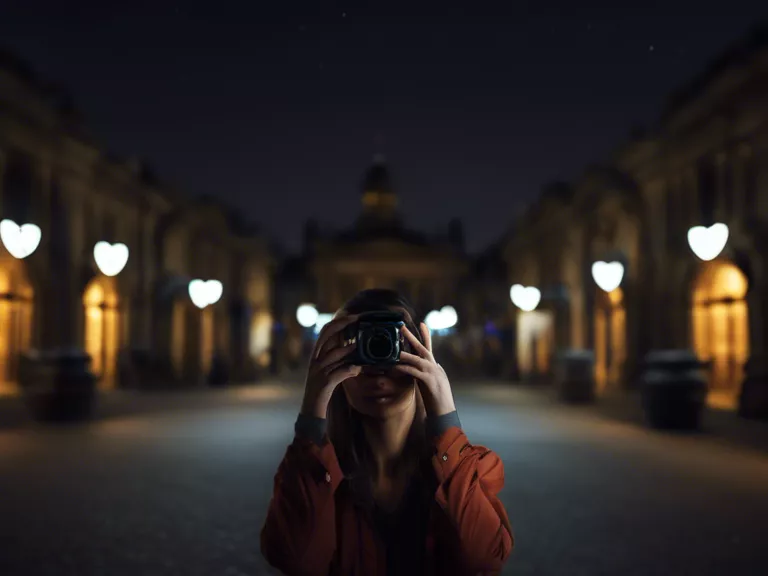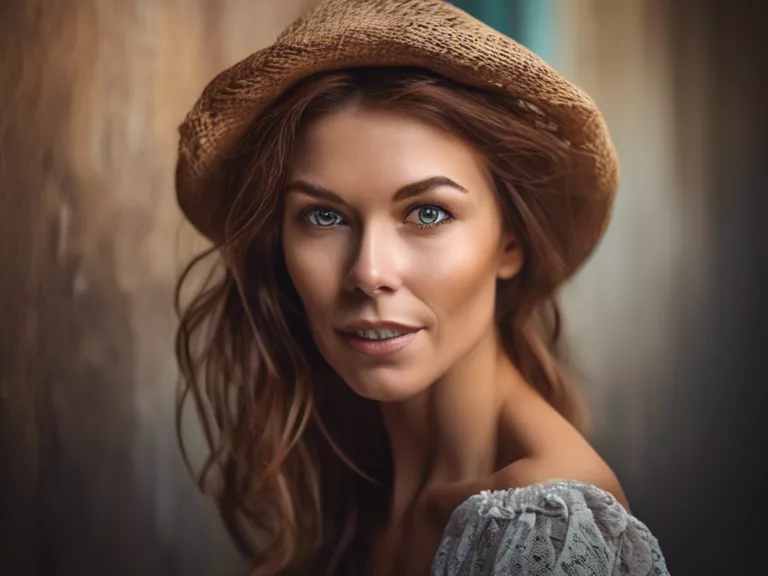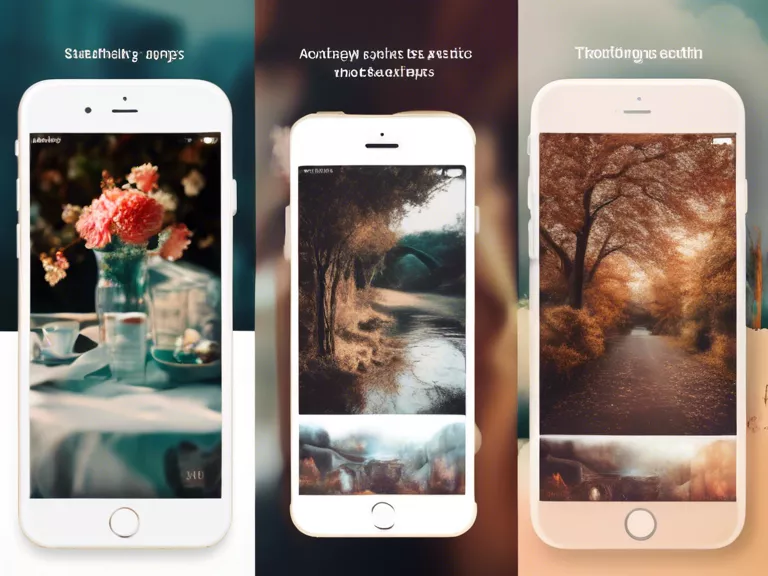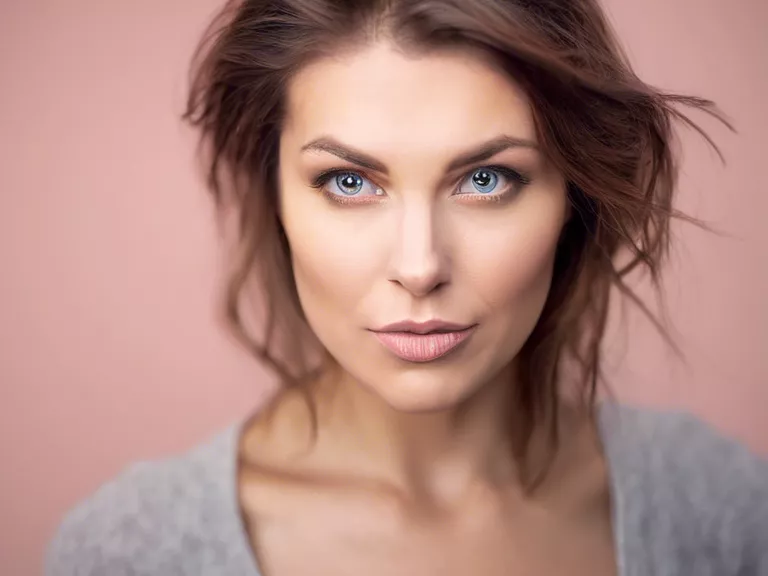
How to take stunning low-light photos with any camera or smartphone
Low-light photography can be a challenge, but with the right techniques, you can capture beautiful and stunning photos even in less-than-ideal lighting conditions. Whether you're using a professional camera or just your smartphone, these tips will help you improve your low-light photography skills.
1. Use a tripod
One of the most important tools for low-light photography is a sturdy tripod. This will help you keep your camera steady and avoid blurry photos due to camera shake. A tripod is essential for long exposure shots in low-light situations.
2. Increase the ISO
ISO measures your camera's sensitivity to light. In low-light situations, you'll want to increase the ISO to allow more light to reach the camera sensor. However, be cautious as high ISO settings can introduce noise in your photos. Find a balance between a high enough ISO to capture enough light and a low enough ISO to avoid excessive noise.
3. Use manual focus
In low light, cameras can struggle to autofocus properly. To ensure your subject is in focus, switch to manual focus and adjust the focus yourself. This way, you have full control over what you want to capture in focus, even in challenging lighting conditions.
4. Experiment with long exposures
Long exposure shots can create stunning effects in low light, such as light trails or silky water. Use a slow shutter speed and a tripod to capture these breathtaking moments. Be patient and experiment with different shutter speeds to achieve the desired effect.
5. Edit your photos
Post-processing can do wonders for low-light photos. Use editing software to adjust the exposure, contrast, and white balance to enhance your photos and make them stand out even more.
By following these tips, you can elevate your low-light photography skills and capture stunning photos regardless of the camera or smartphone you're using.



